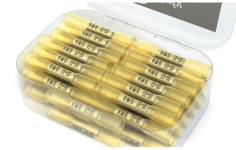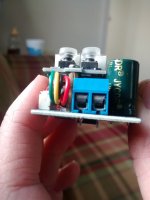Forgot about those connectors. You could splice the bare wire to where ever you are hooking up (charge controller).
Those MC connectors are a PITA, I would rather not have to deal with putting them on anything, but it makes it easier to replace panels.
Those MC connectors are a PITA, I would rather not have to deal with putting them on anything, but it makes it easier to replace panels.


